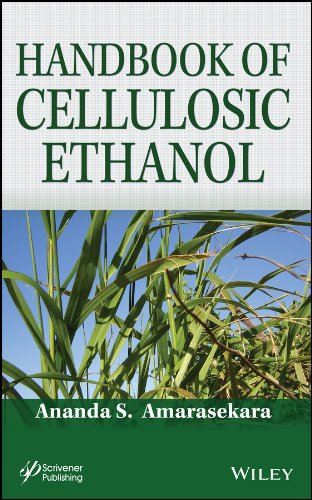

Most ebook files are in PDF format, so you can easily read them using various software such as Foxit Reader or directly on the Google Chrome browser.
Some ebook files are released by publishers in other formats such as .awz, .mobi, .epub, .fb2, etc. You may need to install specific software to read these formats on mobile/PC, such as Calibre.
Please read the tutorial at this link. https://ebooknice.com/page/post?id=faq
We offer FREE conversion to the popular formats you request; however, this may take some time. Therefore, right after payment, please email us, and we will try to provide the service as quickly as possible.
For some exceptional file formats or broken links (if any), please refrain from opening any disputes. Instead, email us first, and we will try to assist within a maximum of 6 hours.
EbookNice Team

Status:
Available4.4
39 reviewsComprehensive coverage on the growing science and technology of producing ethanol from the world's abundant cellulosic biomass
The inevitable decline in petroleum reserves and its impact on gasoline prices, combined with climate change concerns, have contributed to current interest in renewable fuels. Bioethanol is the most successful renewable transport fuel—with corn and sugarcane ethanol currently in wide use as blend-in fuels in the United States, Brazil, and a few other countries. However, there are a number of major drawbacks in these first-generation biofuels, such as their effect on food prices, net energy balance, and poor greenhouse gas mitigation. Alternatively, cellulosic ethanol can be produced from abundant lignocellulosic biomass forms such as agricultural or municipal wastes, forest residues, fast growing trees, or grasses grown in marginal lands, and should be producible in substantial amounts to meet growing global energy demand.
The Handbook of Cellulosic Ethanol covers all aspects of this new and vital alternative fuel source, providing readers with the background, scientific theory, and recent research progress in producing cellulosic ethanol via different biochemical routes, as well as future directions. The seventeen chapters include information on:
Readership
Chemical engineers, chemists, and technicians working on renewable energy and fuels in industry, research institutions, and universities. The Handbook can also be used by students interested in biofuels and renewable energy issues.